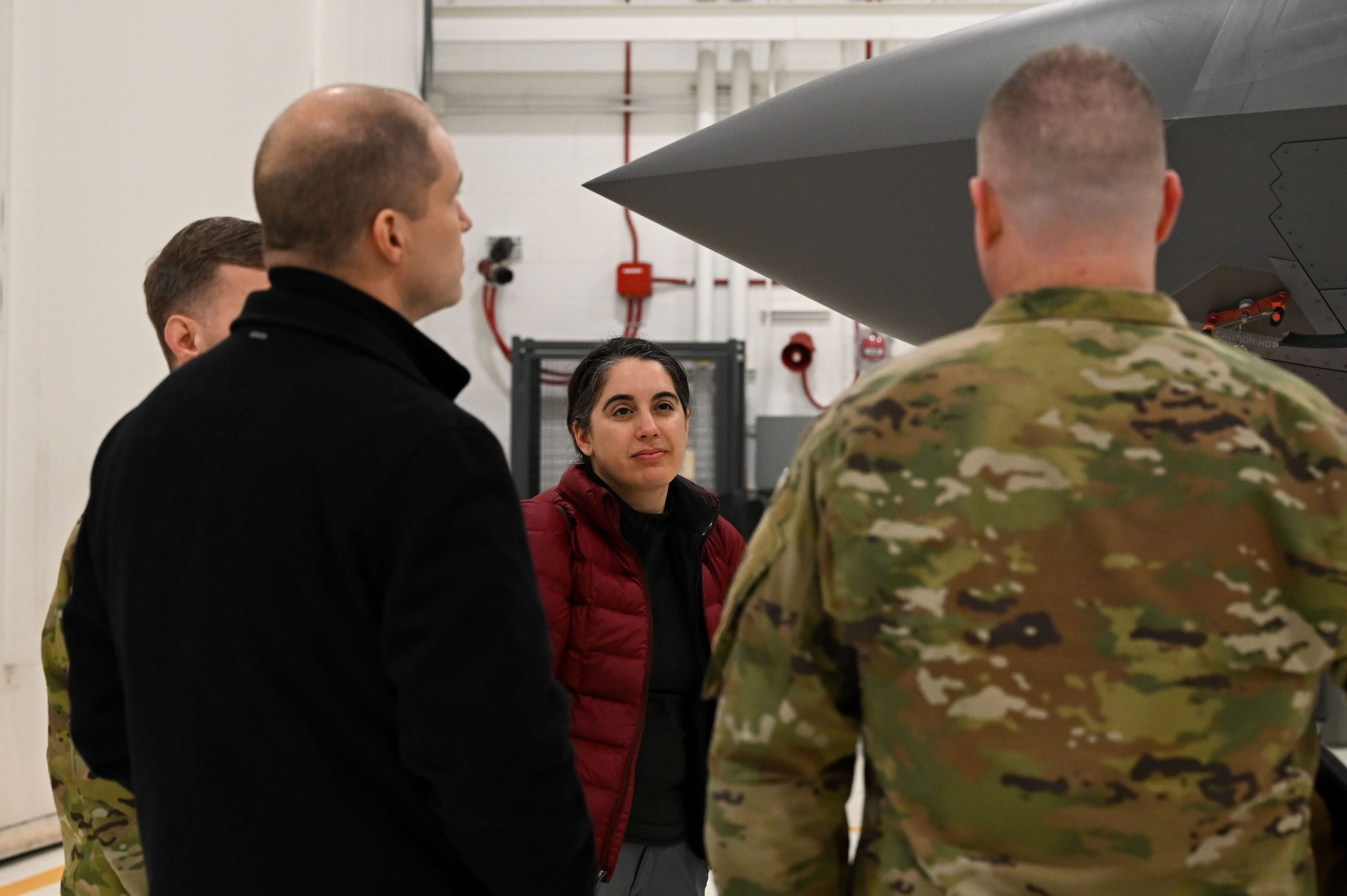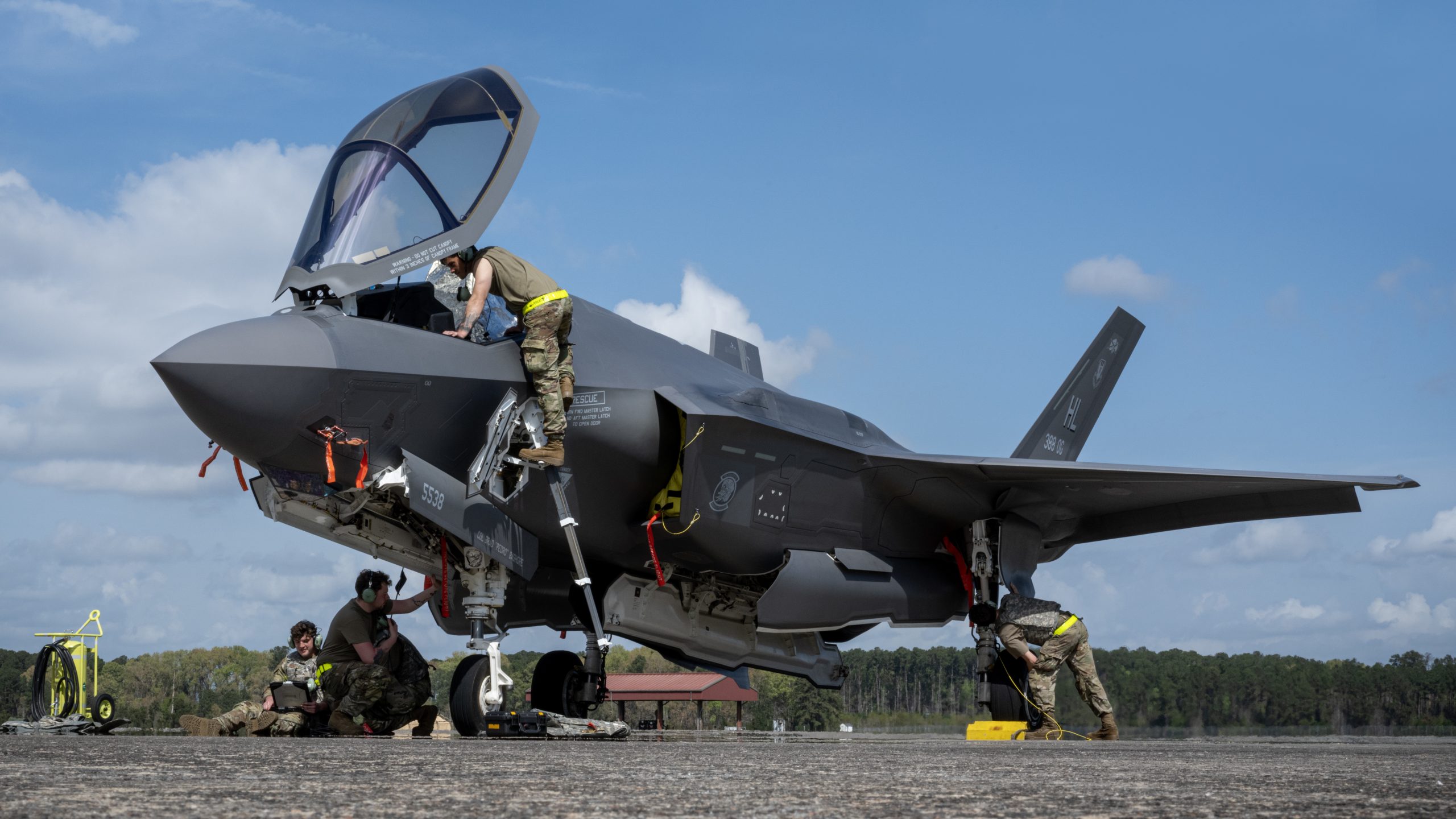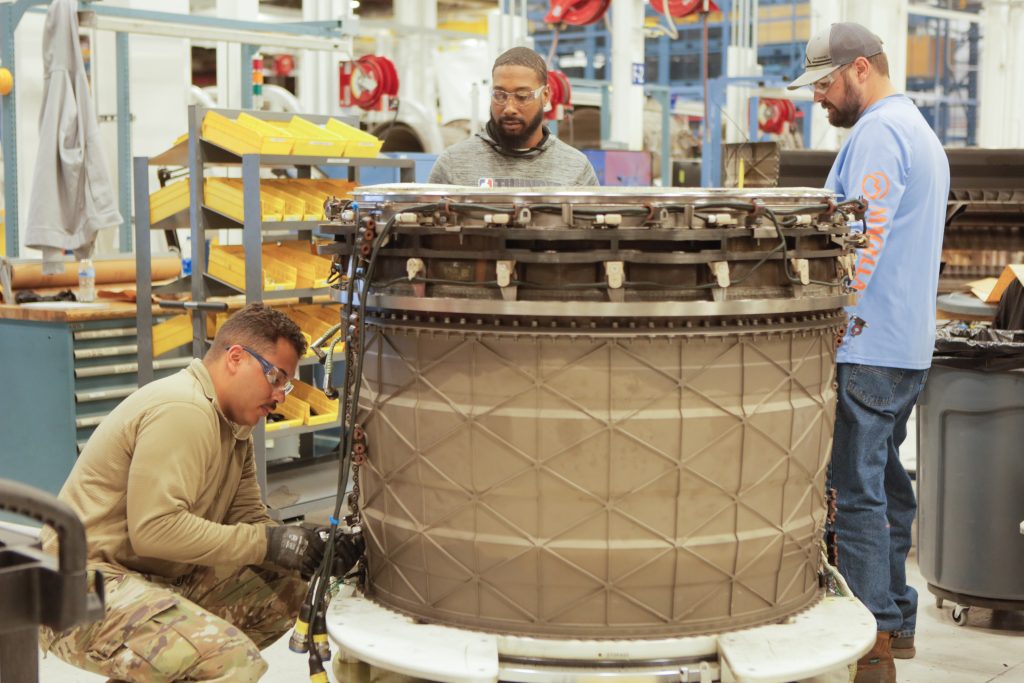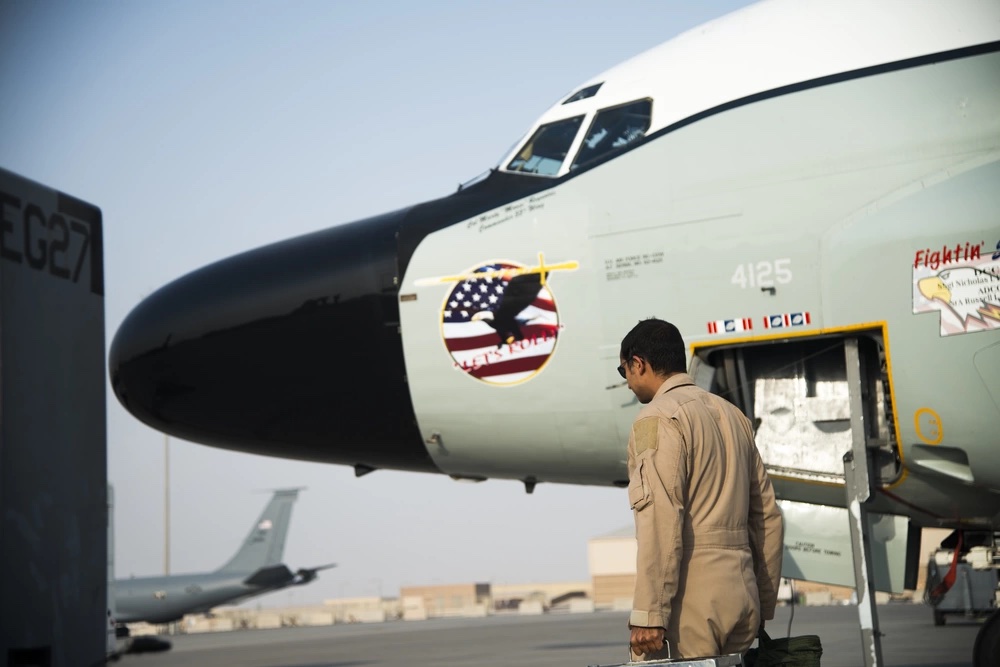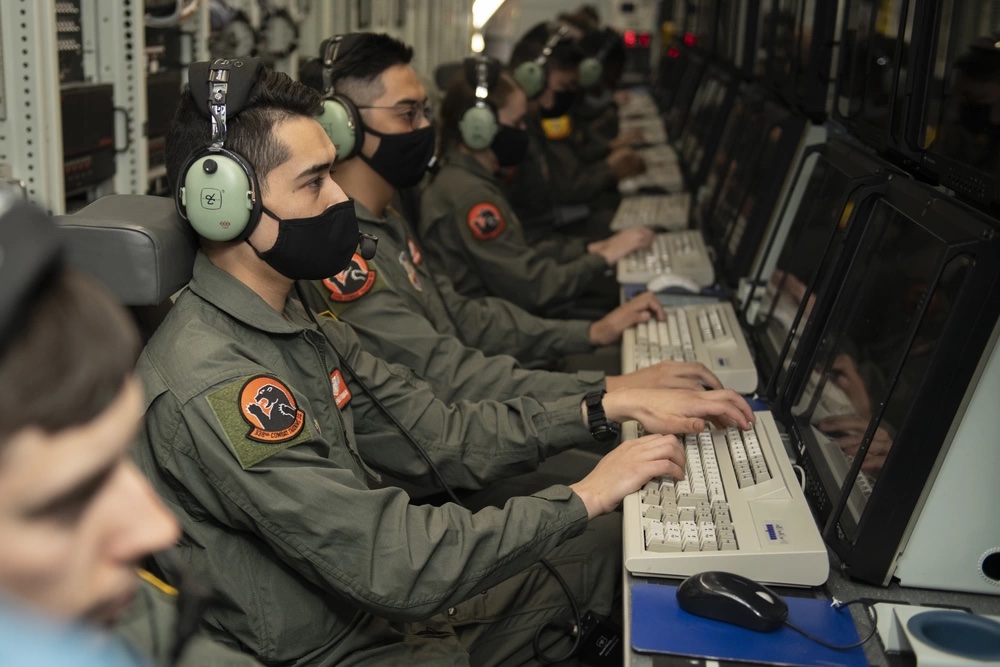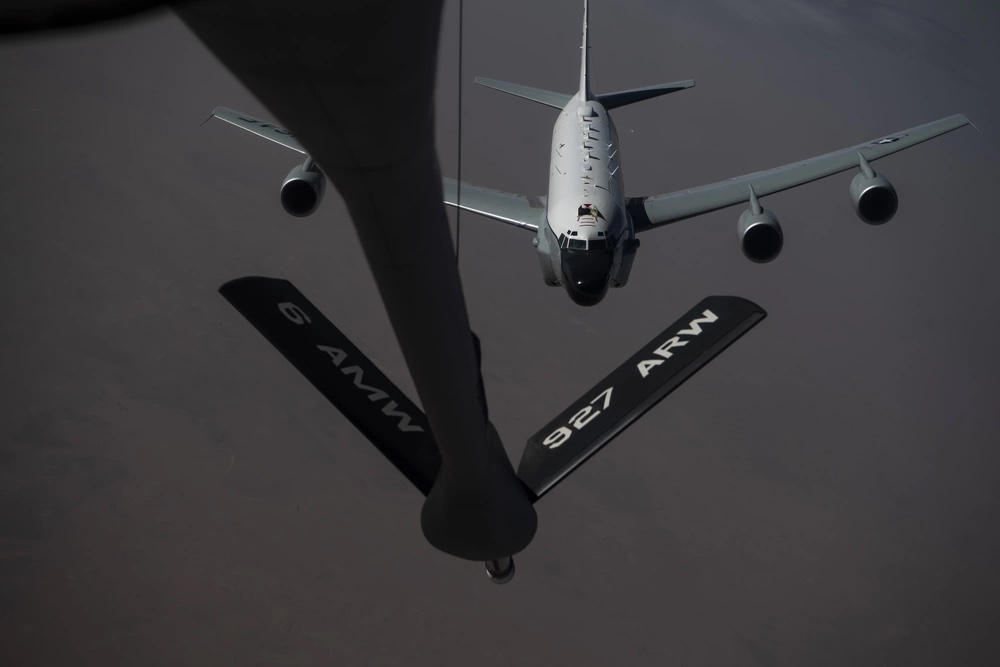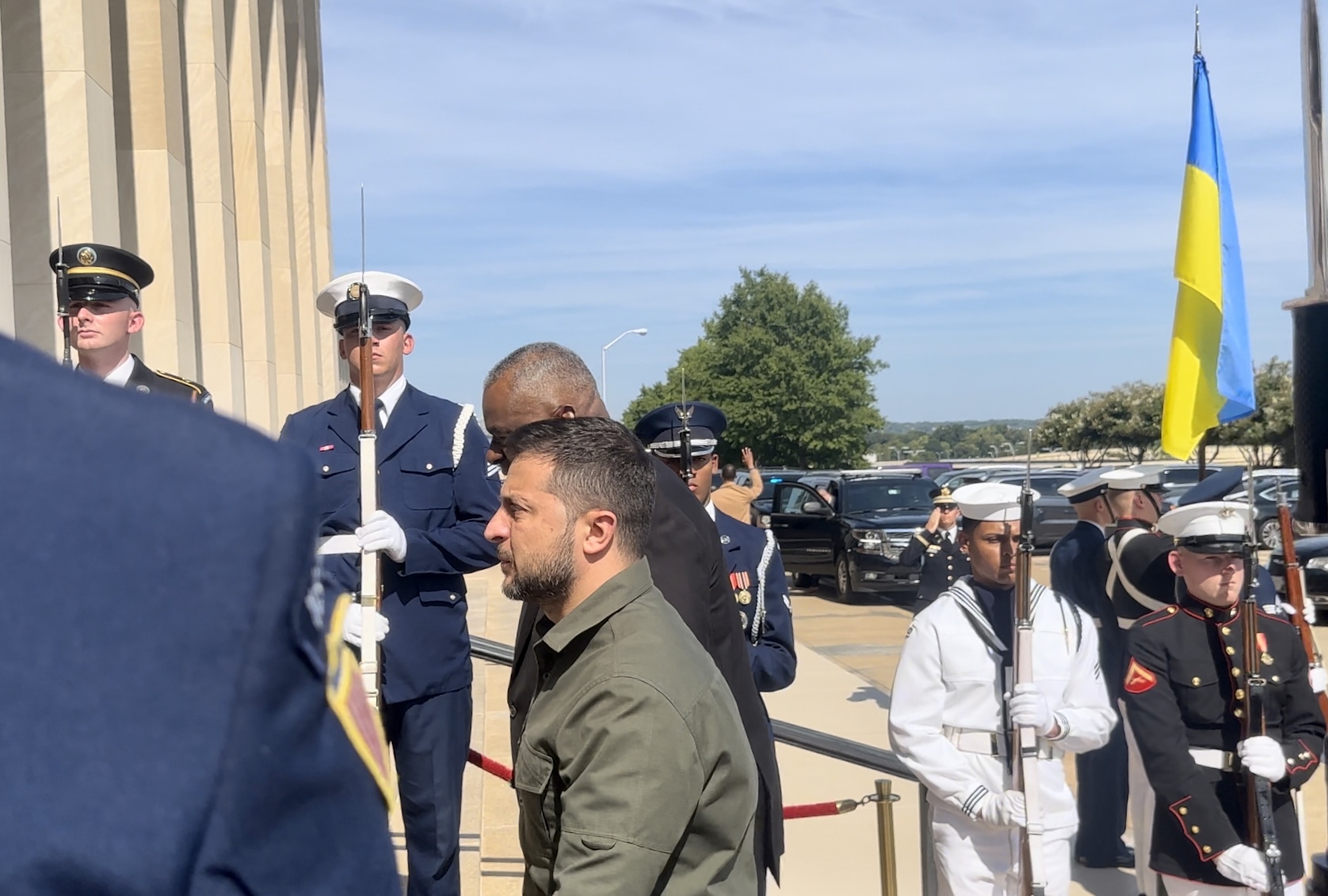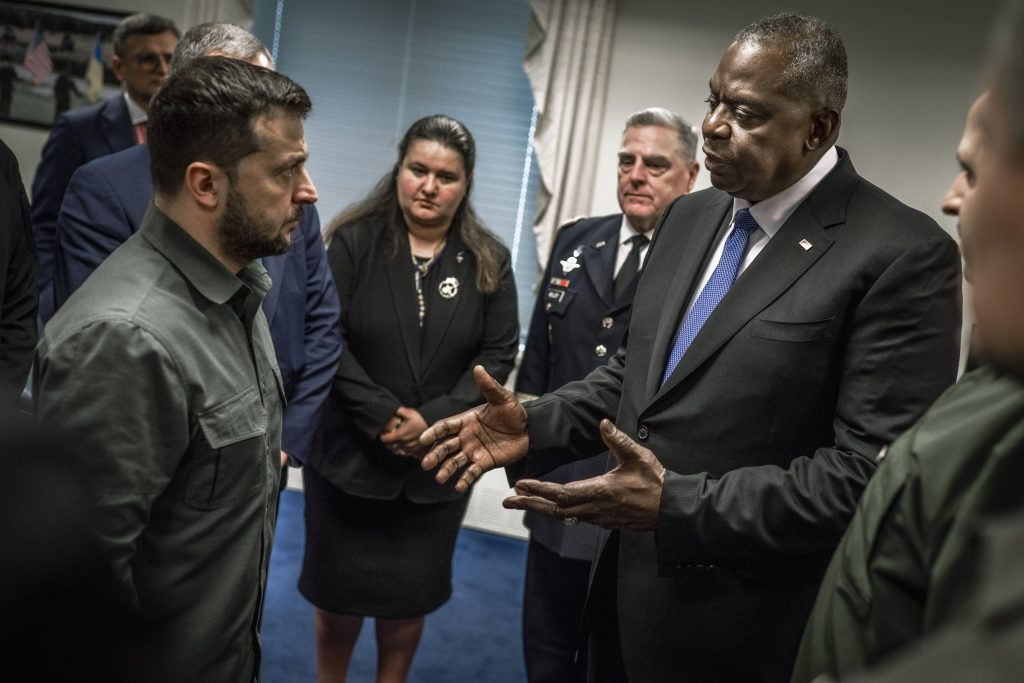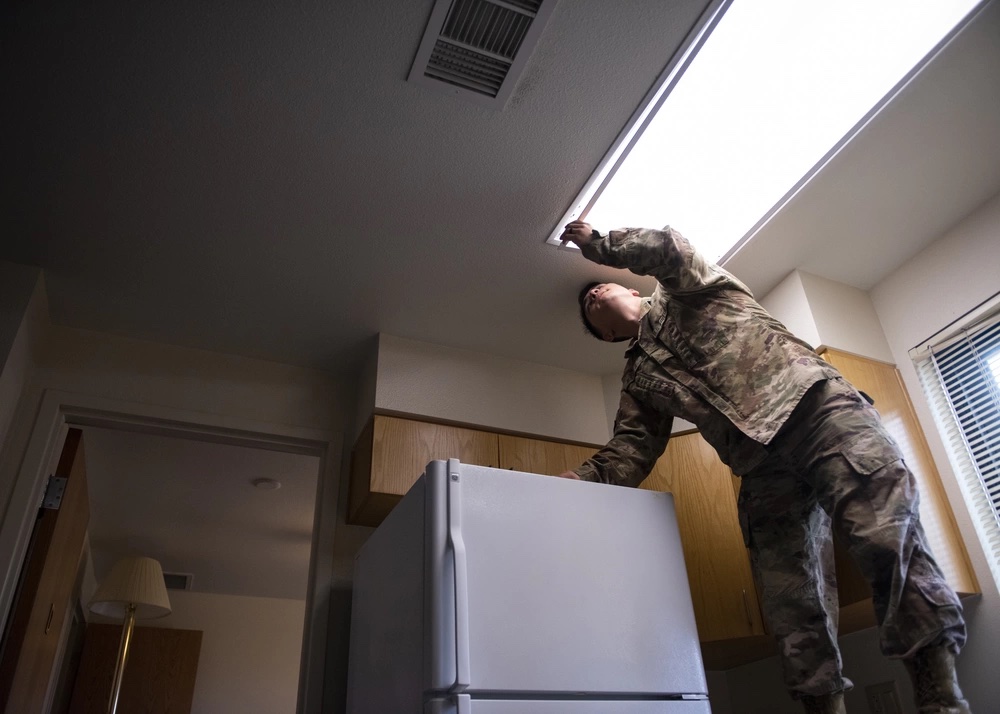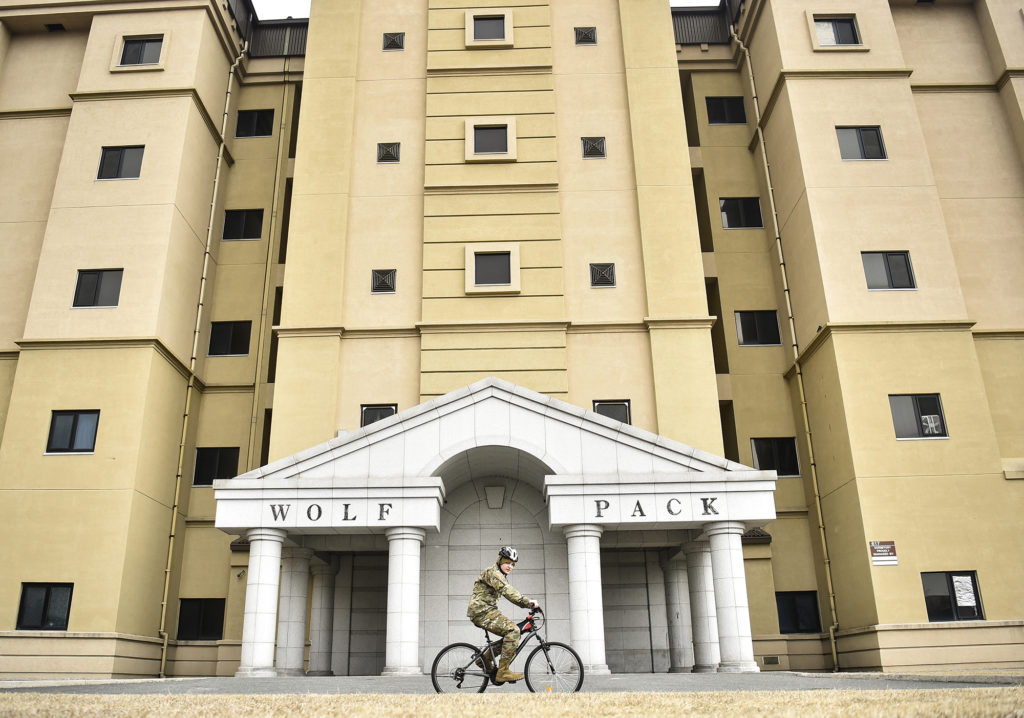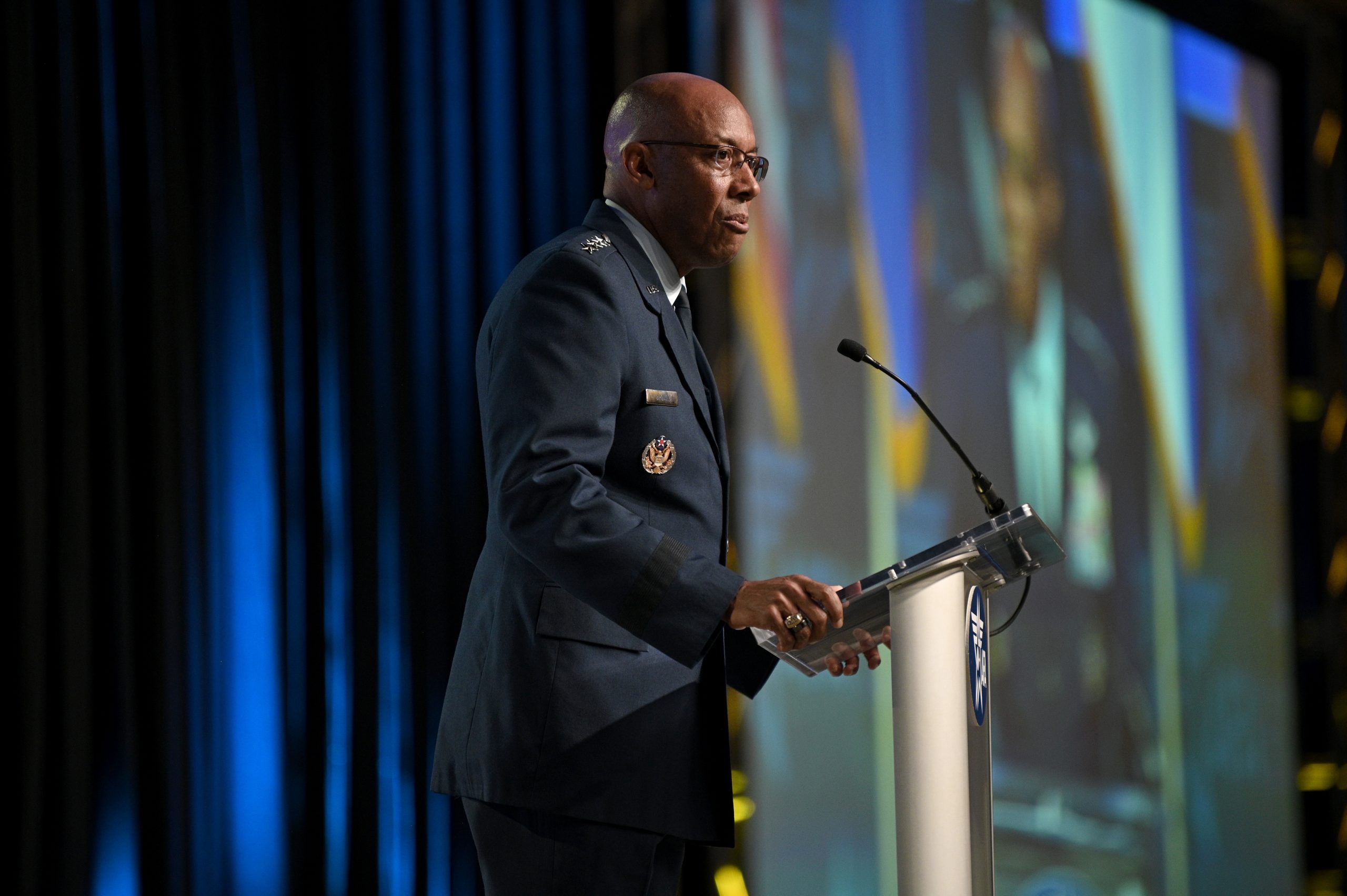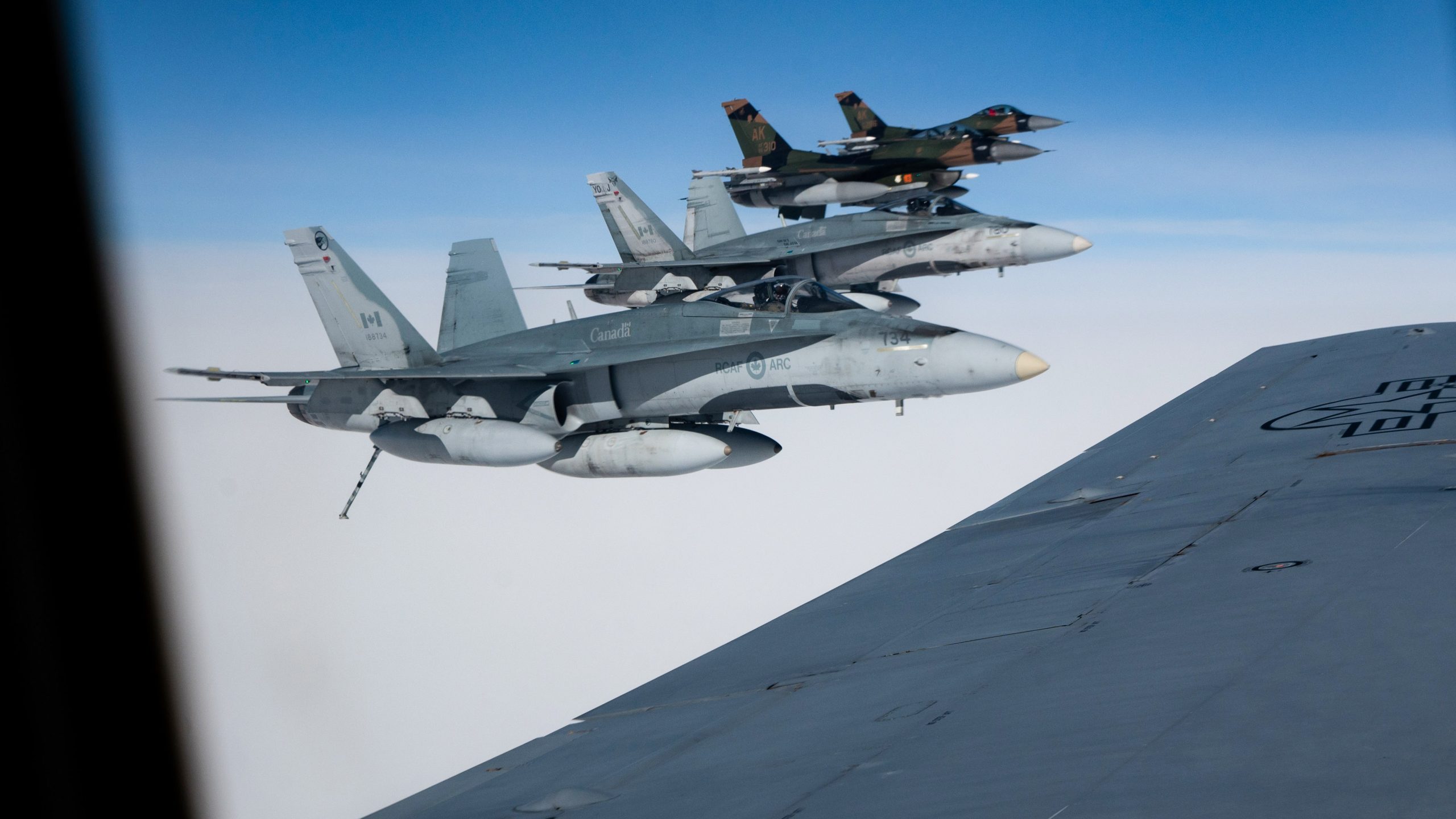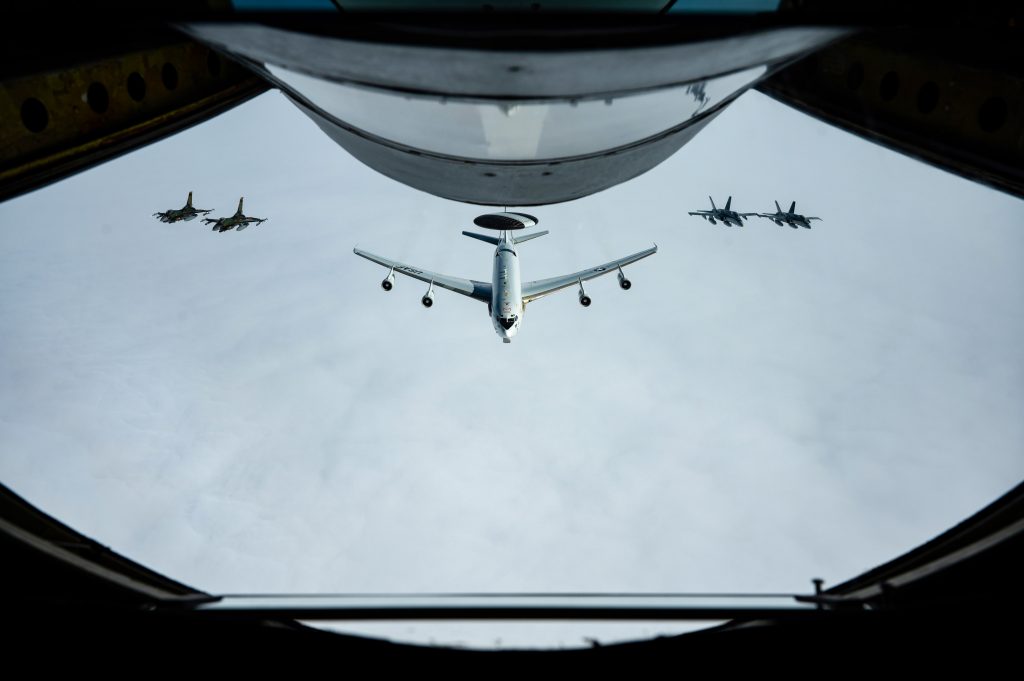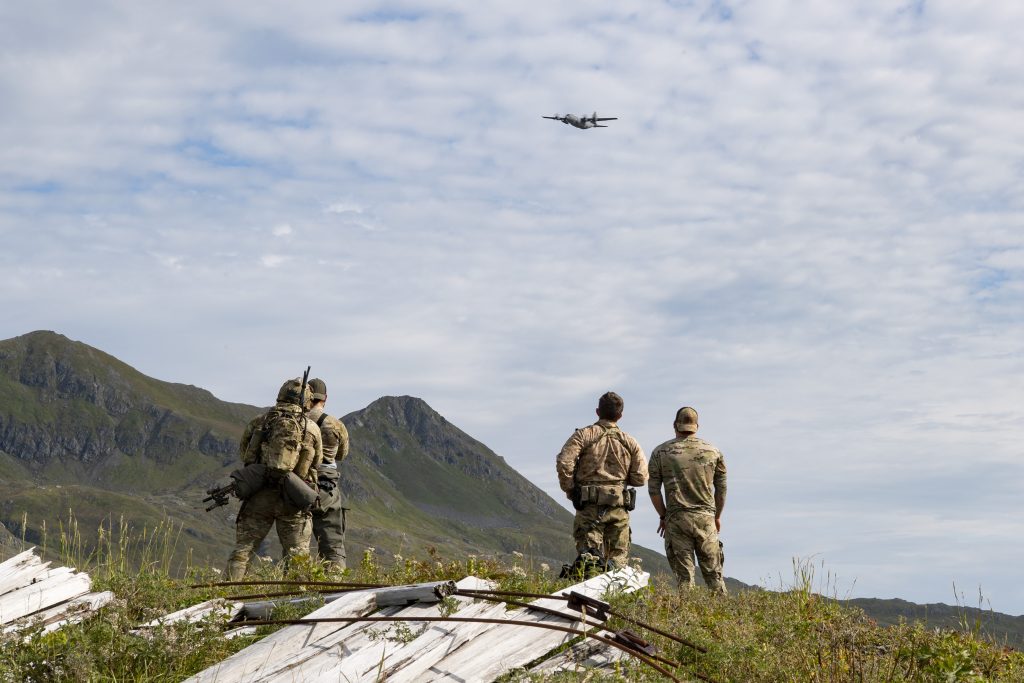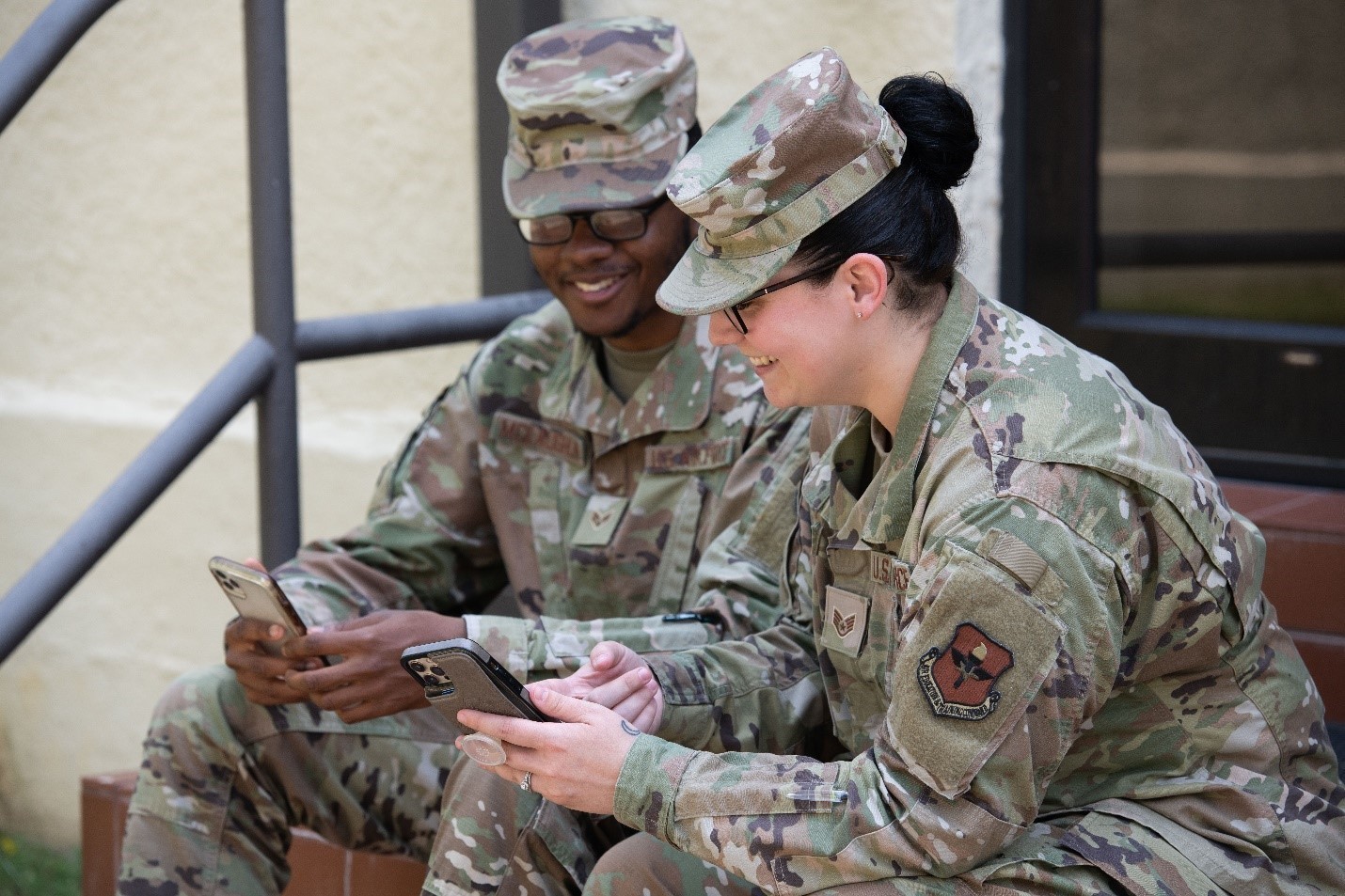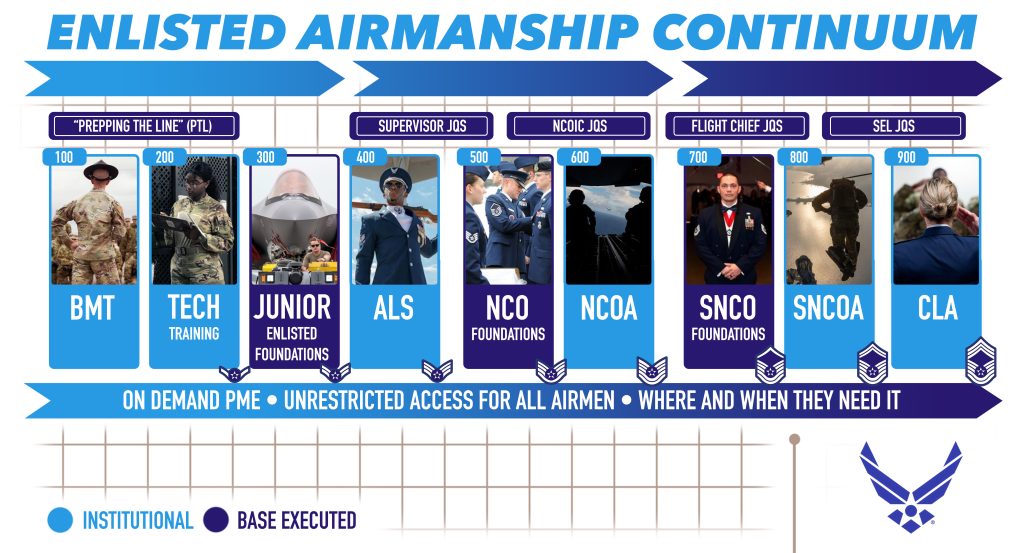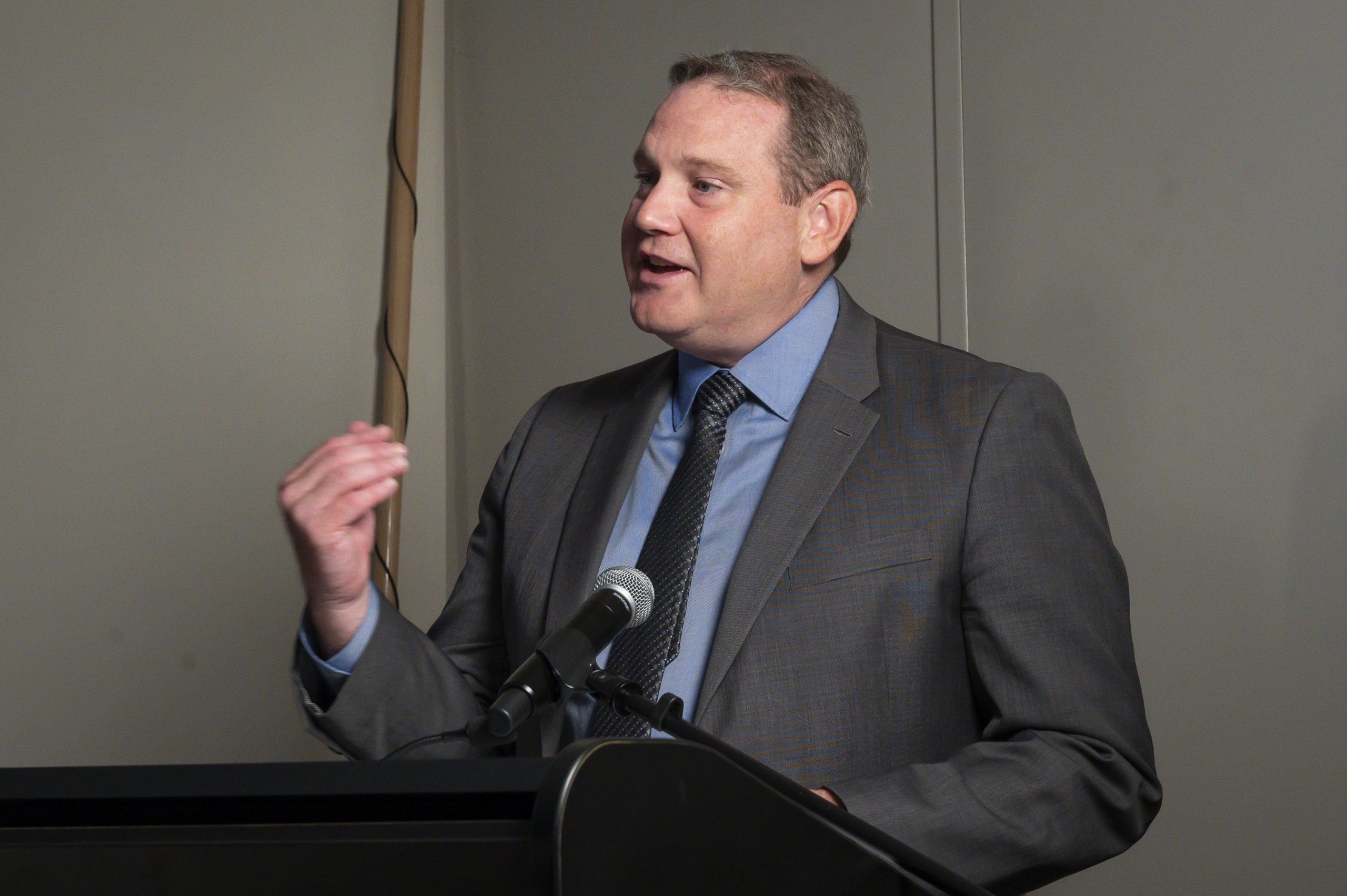President Joe Biden has nominated Melissa Dalton to be undersecretary of the Air Force, the department’s No. 2 civilian job, the White House announced Sept. 21.
If confirmed, Dalton would succeed Gina Ortiz Jones, who held the job from July 2021-March 2023. Since her departure, the position has been filled on an acting basis by the department’s comptroller, Kristyn E. Jones.
Dalton currently serves as the assistant secretary of defense for homeland defense and hemispheric affairs, a job she has had since March 2022. Prior to that, she was principal deputy assistant secretary of defense for strategy, plans, and capabilities, and she also served on the Biden administration’s Pentagon transition team.
Dalton has a long history in the Pentagon, having also served in the Obama and Bush administrations, and got her start as an intelligence analyst for the Defense Intelligence Agency. Much of her experience in DOD has been in the office of undersecretary of defense for policy.
In her current position, Dalton advises the Secretary of Defense on key issues like homeland defense, the Arctic, and defense policy for North, Central, and South America, as well as the Caribbean.
As undersecretary, Dalton would be the principal deputy for Air Force Secretary Frank Kendall, who has aggressively pushed for the department to modernize and change through initiatives like his seven “Operational Imperatives” and an ongoing major “re-optimization” review.
“On behalf of the Department of the Air Force, we congratulate the Honorable Melissa Dalton on her nomination to serve as the next undersecretary of the Air Force,” Kendall said in a statement. “I look forward to the Senate’s consideration of her nomination and, if confirmed, working with her on behalf of all Airmen and Guardians.”
Ortiz Jones, a former Air Force intelligence officer, made personnel issues a key theme of her tenure as undersecretary, seeking deeper analysis of the department’s racial and gender disparities and a broad review of gender-biased Air Force policies affecting the careers of female Airmen and Guardians.
Dalton, on the other hand, has comparatively little experience inside the Department of the Air Force. Earlier this year, however, she did testify before Congress and emphasized the importance of space-based capabilities and modernized sensors and radars on the ground for missile defense and domain awareness around the homeland.
During a stint as a senior fellow at the Center for Strategic and International Studies in 2017-2018, Dalton also wrote and spoke about the need for the Pentagon to reconsider its posture in the Middle East.
If and when Dalton is confirmed, Jones will return to her job as DAF comptroller.
“The Honorable Kristyn Jones will continue to perform the duties of the under secretary of the Air Force, pending Melissa’s confirmation,” Kendall said. “Kristyn’s dedicated leadership and many contributions to the Department are deeply appreciated.”
